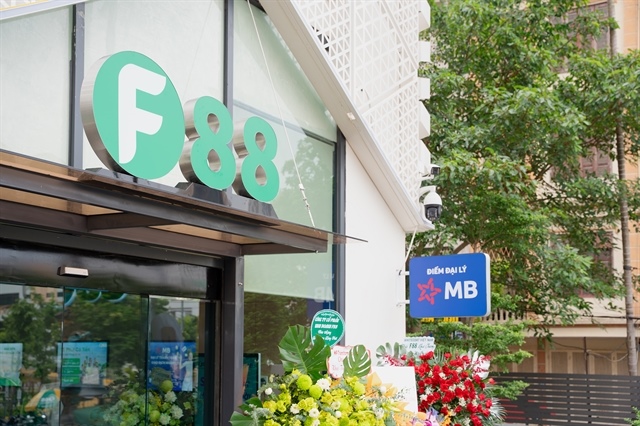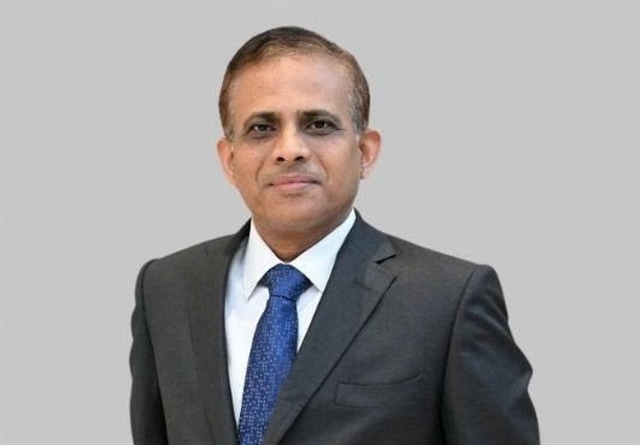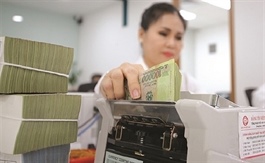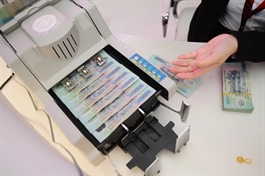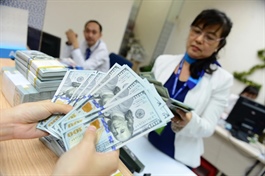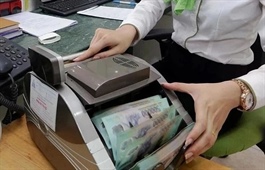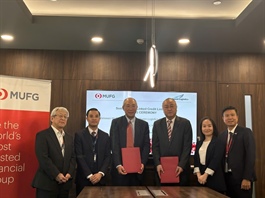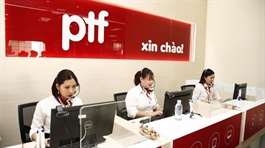Digital payment penetrates every aspect of Vietnamese life
Digital payment penetrates every aspect of Vietnamese life
Digital payment is penetrating Vietnam's economy and society as it brings convenience, benefits, and economic gains to consumers.
|
At a small food stall in Hanoi, a 60-year-old owner has installed TingBox – a payment device that automatically announces the amount of money transferred by customers. Thus, the owner is no longer concerned about a successful money transfer when customers make digital payments at the restaurant. The device is very helpful when the owner is rushing to serve customers and has no time to check his bank account.
Meanwhile, another office worker is using VietQR code on her banking app to make payments at a pavement iced tea shop. She is no longer worried if she forgets to bring her wallet.
A senior leader in the finance sector with nearly five years in Canada noted, “ Digital payments in Vietnam have surpassed that of Canada. Vietnam has made a huge leap in digital payment transactions. In Canada, people use traditional payment methods like checks. It doesn't mean Canada's finance and banking system is not smart. However, there is no concept of QR code payments in Canada. Customers in Canada have yet to experience the digital payment platform that Vietnamese people are using. The reason is that there are many legacies related to safety and security regulations, which can't be eliminated. As a result, it has slowed down the shift to cashless payments in Canada.”
Throughout 2024, the National Payment Corporation of Vietnam (NAPAS) system processed 9.56 billion transactions, equalling 129.7 per cent of the volume in 2023. The total transaction value reached VND61.05 quadrillion ($2.4 trillion) and equivalent to 114.4 per cent of 2023. Instant transfers via NAPAS 247 have continued to grow, totalling over 8.9 billion transactions and up 33.8 per cent. The total transaction value reached over VND59.8 quadrillion ($2.35 trillion), up 15.6 per cent from a year ago. Among them, the fast payment transfer NAPAS 247 via VietQR codes achieved impressive growth.
The number of VietQR code transactions accounted for one third of NAPAS 247's total transactions, an increase of 118 per cent on-year. During the peak season at year-end, the NAPAS system processed over 10 million transactions via VietQR codes every day. VietQR code payments are becoming popular thanks to their convenience, speed, transparency, and seamless customer experience, which has resulted in a slowdown of transactions via POS.
Notably, the trend of cash withdrawal transactions via ATMs is on the downward trend. In 2024, ATM withdrawal transactions experience a decline of 19.5 per cent in volume and 19.1 per cent in value from a year earlier. Currently, ATM transactions constitute a mere 2.63 per cent of the total transactions facilitated by the NAPAS system. These statistics unequivocally indicate a decreasing reliance on cash withdrawals, supplanted by the adoption of more convenient payment methods such as the NAPAS 247 service and VietQR code payments.
Pham Tien Dung, Deputy Governor of the State Bank of Vietnam (SBV), said, “Timely policies and regulations have facilitated banks to invest in technical infrastructure and develop digital payment products and services. E-payments have become more popular as a growing majority of consumers and businesses are opting to make cashless payments for goods and services.”
According to data from the SBV, non-cash payment transactions in the first 11 months of 2024 increased by 56.8 per cent in volume and 33.7 per cent in value on-year. Transactions via internet banking grew by 50.7 per cent in volume and 33 per cent in value, while mobile banking saw an impressive 54.5 per cent rise in volume and 34.3 per cent in value. QR code payments experienced the most dramatic growth, surging 106.7 per cent in volume and 84.8 per cent in value. Transactions through the interbank electronic payment system rose by 6.8 per cent in volume and 33.1 per cent in value.
To encourage cashless payments and digital payments in Vietnam, Dung said, “Credit institutions and related units need to coordinate closely, focus on investment, and provide diverse and modern payment products. Efforts should be made to expand payment acceptance infrastructure and build a synchronous ecosystem to facilitate individuals and businesses. In particular, by increasing access to banking services and formal payments in rural and remote areas, it will contribute to promoting financial inclusion and wiping out black credit.”
“Cashless payments and card payments have penetrated all areas of production, business, service provision, and daily life. Attention should be paid to convenience and benefits when developing card and payment products. No matter what is done, people need to find it convenient and easy to use alongside economic gains,” said the deputy governor.




